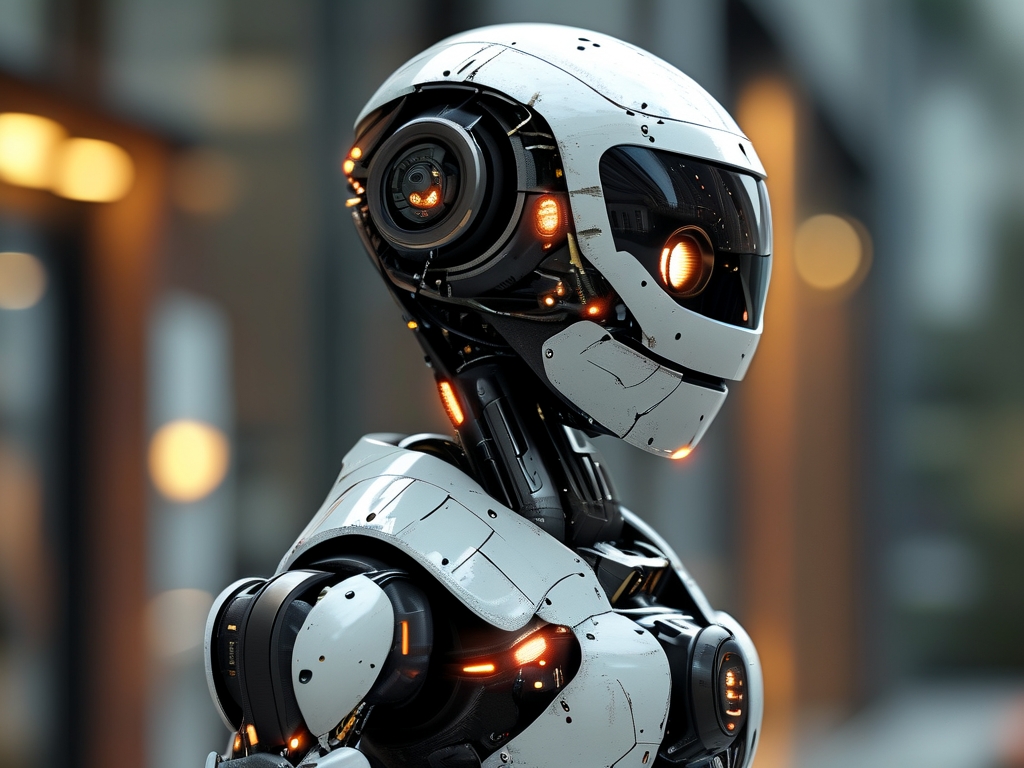Robotic perception technology serves as the cornerstone of modern autonomous systems, enabling machines to interpret and interact with their environments intelligently. This article delves into the mechanisms, challenges, and future prospects of this transformative field, exploring how sensors, algorithms, and artificial intelligence (AI) converge to empower robots with human-like awareness.

1. The Foundation of Robotic Perception
At its core, robotic perception involves three key components: sensors, data processing, and decision-making algorithms. Sensors act as the "sensory organs" of robots, capturing raw environmental data such as light, sound, temperature, and pressure. Common sensor types include:
- LiDAR (Light Detection and Ranging): Uses laser pulses to create 3D maps of surroundings, critical for self-driving cars.
- Cameras and Vision Systems: Employ computer vision to recognize objects, faces, and gestures.
- Tactile Sensors: Simulate touch, enabling robots to handle fragile items or perform precise surgeries.
- Inertial Measurement Units (IMUs): Track acceleration and orientation for balance and navigation.
These sensors generate massive datasets, which are then filtered, interpreted, and transformed into actionable insights through advanced algorithms.
2. The Role of Artificial Intelligence
AI elevates robotic perception from mere data collection to contextual understanding. Machine learning models, particularly deep neural networks, enable robots to:
- Recognize patterns in unstructured environments (e.g., identifying pedestrians in varying lighting conditions).
- Predict outcomes based on historical data (e.g., anticipating a warehouse robot's collision risk).
- Adapt to dynamic scenarios through reinforcement learning.
For instance, Boston Dynamics' Spot robot uses AI-powered perception to navigate uneven terrains, while medical robots like the da Vinci Surgical System rely on real-time visual feedback to assist surgeons.
3. Challenges in Robotic Perception
Despite advancements, significant hurdles remain:
- Environmental Complexity: Robots struggle in chaotic settings, such as crowded streets or cluttered homes.
- Sensor Limitations: Cameras fail in low light; LiDAR is expensive and weather-sensitive.
- Latency vs. Accuracy: Real-time processing often sacrifices precision, risking errors in critical tasks.
- Multimodal Data Fusion: Integrating inputs from diverse sensors (e.g., combining visual and thermal data) remains computationally intensive.
- Ethical Concerns: Privacy issues arise with surveillance-capable robots, necessitating robust data governance frameworks.
4. Cutting-Edge Innovations
Recent breakthroughs aim to address these challenges:
- Neuromorphic Engineering: Mimics the human brain's efficiency, enabling faster, low-power processing.
- Edge Computing: Reduces latency by processing data locally on robots rather than relying on cloud servers.
- Swarm Robotics: Multiple robots share perceptual data to enhance collective awareness, useful in disaster response.
- Explainable AI (XAI): Improves transparency in decision-making, crucial for healthcare and defense applications.
5. Applications Across Industries
Robotic perception is revolutionizing sectors:
- Manufacturing: Collaborative robots (cobots) detect defects in real-time on assembly lines.
- Agriculture: Drones equipped with multispectral cameras monitor crop health.
- Healthcare: Prosthetic limbs with tactile feedback restore sensory capabilities for amputees.
- Retail: Inventory management robots scan shelves using RFID and computer vision.
6. The Future Landscape
The next decade will witness:
- Miniaturized Sensors: Cheaper, smaller sensors will democratize access to advanced robotics.
- General-Purpose AI: Robots capable of learning across multiple tasks without retraining.
- Human-Robot Symbiosis: Enhanced perception will enable safer collaboration in shared workspaces.
- Ethical Frameworks: Standardized regulations to address privacy and accountability concerns.
In , robotic perception technology is not merely about replicating human senses but surpassing them through computational power and adaptability. As sensors grow smarter and algorithms more intuitive, robots will transition from programmed tools to autonomous partners, reshaping industries and everyday life. The journey from raw data to meaningful perception marks the frontier of a new era in robotics-one where machines see, hear, and understand the world as never before.

